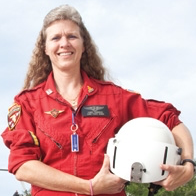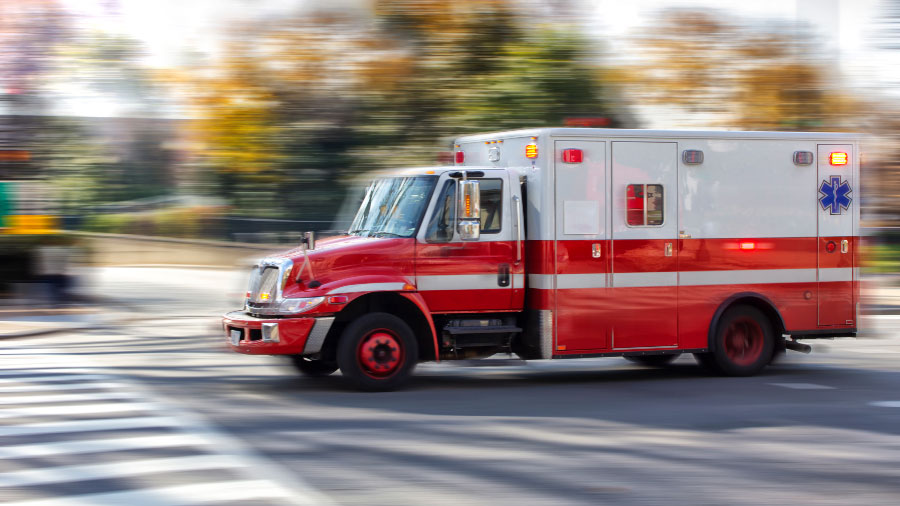Since 1984, Orlando Regional Medical Center's (ORMC) Air Care Team has flown more than 33,000 patients, helping them get the trauma and critical care services they need soon after an injury.
The work we do is crucial because patients who receive treatment within an hour after a traumatic injury have up to a 20-percent higher chance of survival. But even with more than 30 years of experience doing this work, training is a key part of how we operate. Ensuring we have the most up-to-date skills helps our team give patients the best care possible as we transport them to ORMC’s Level One Trauma Center to receive definitive care.
What We Do
The Air Care Team is a helicopter ambulance service. Our airborne emergency transport unit responds to the scene of a trauma incident and transports anyone who is injured or needs care to a trauma. We also assist other hospitals throughout the state when medically necessary.
When we pick up a patient, we work to minimize their injury, provide emergency care, and provide life-saving interventions before they arrive at the hospital for further care. We also provide intensive and critical care services to victims of stroke, heart attack, respiratory emergencies, and a variety of other medical conditions. We rely on state-of-the art technology to assist us in helping patients as we transport them to the hospital.
How We Train
Our team includes certified flight paramedics, critical care and flight-trained emergency nurses. We all get regular training to improve our skills and give patients the best possible care.
The training we do involves understanding how the aircraft operates, safety training and continuing medical education related to our individual roles. We also do safety training with the fire department that involves how to set up good landing zones, how to walk a landing zone and how the fire department can help us if a safety issue occurs during transport.
Simulation training is very important, too. We try to practice in an environment that’s as close to the environment we’ll experience in the field. Our idea is to “practice how you play” and “play how you practice,” which helps us be more prepared for anything we might encounter in our everyday work. We recently did a simulation training with Lake County Emergency Medical Services (EMS), where we picked up a patient from them — which actually was a high-fidelity simulation mannequin. We transported the patient to ORMC and cared for the patient while in route to the hospital. After transport, the trauma team assumed responsibility for the patient and took the simulation mannequin through the hospital and performed assessments, CAT scans, and went to the operating room. Using a mannequin may seem unusual, but these types of simulation trainings really put us in the mindset and the environment we’ll experience when dealing with a critical trauma patient.
The training we did with Lake County EMS is just one of many interactions we have with community partners. We often work with local and county governments’ EMS teams, fire agencies and sheriffs and police departments to develop training specifically for them and joint training for both our teams as a unified patient care group.
We do specialized drills, as well. We have an annual skills day where we apply low-frequency, high-risk skills that we don’t do on a daily basis, like how to apply multiple tourniquets and rapid sequence intubation, a technique we use to sedate patients and prevent their airway from being compromised.
One of the most unique trainings we do is water training. In the past, the ability to do water training always has been through the Navy, either in Jacksonville or Pensacola. Because of the distance, doing this training has been more challenging. However, we were able to find an experienced expert locally who could train us, so we also invited other hospitals’ flight teams in the local area to participate.
With all our trainings, we try to emphasize the core skills we’ll use every day, which helps us develop muscle memory that goes along with what we do in a fast-paced environment. Trauma happens unexpectedly— people don’t expect to get critically injured. But as emergency health care providers, we have to be prepared for the unexpected. Our trainings and collaborations with community partners help us achieve this goal and take care of patients, get them where they need to go and do it safely.










